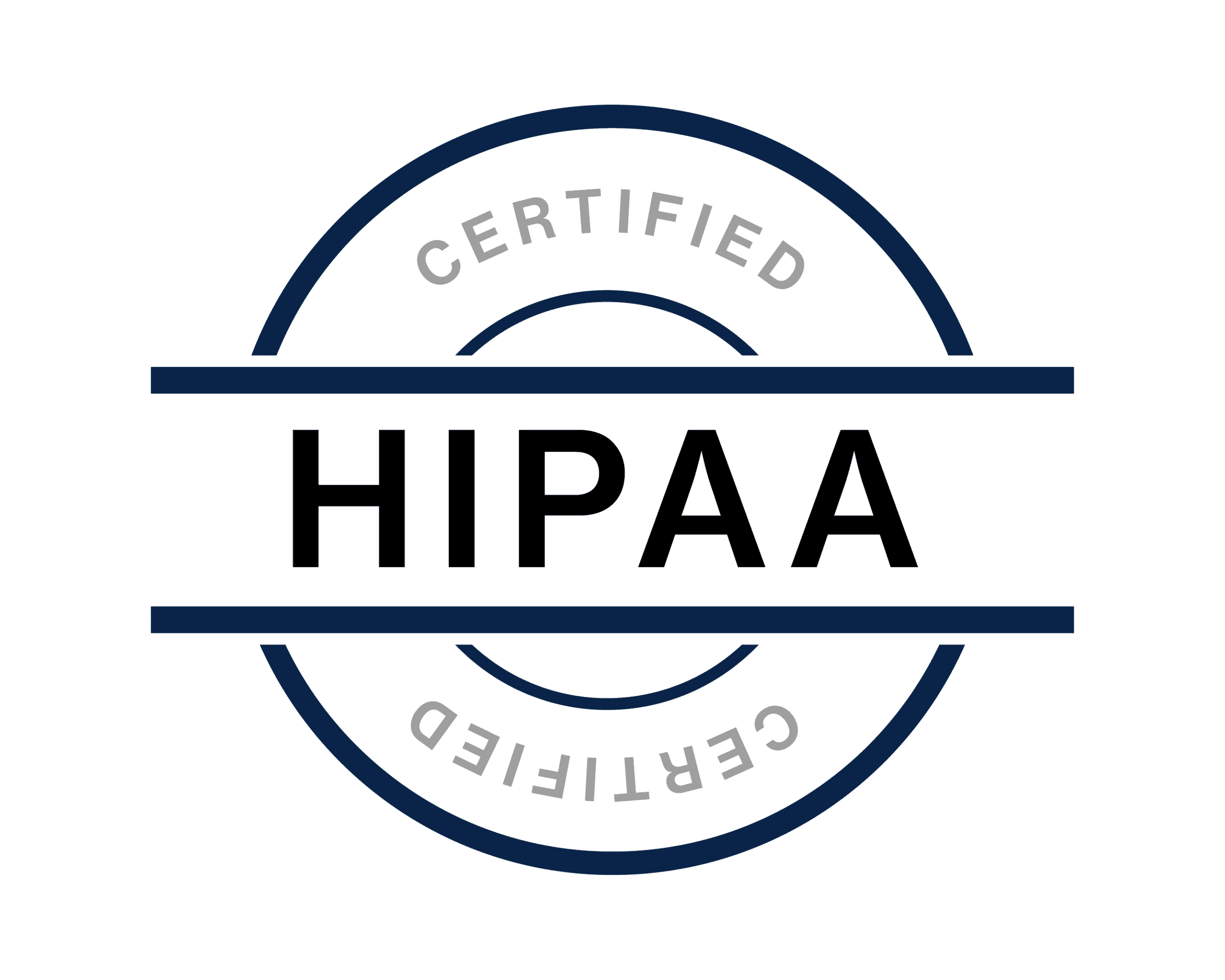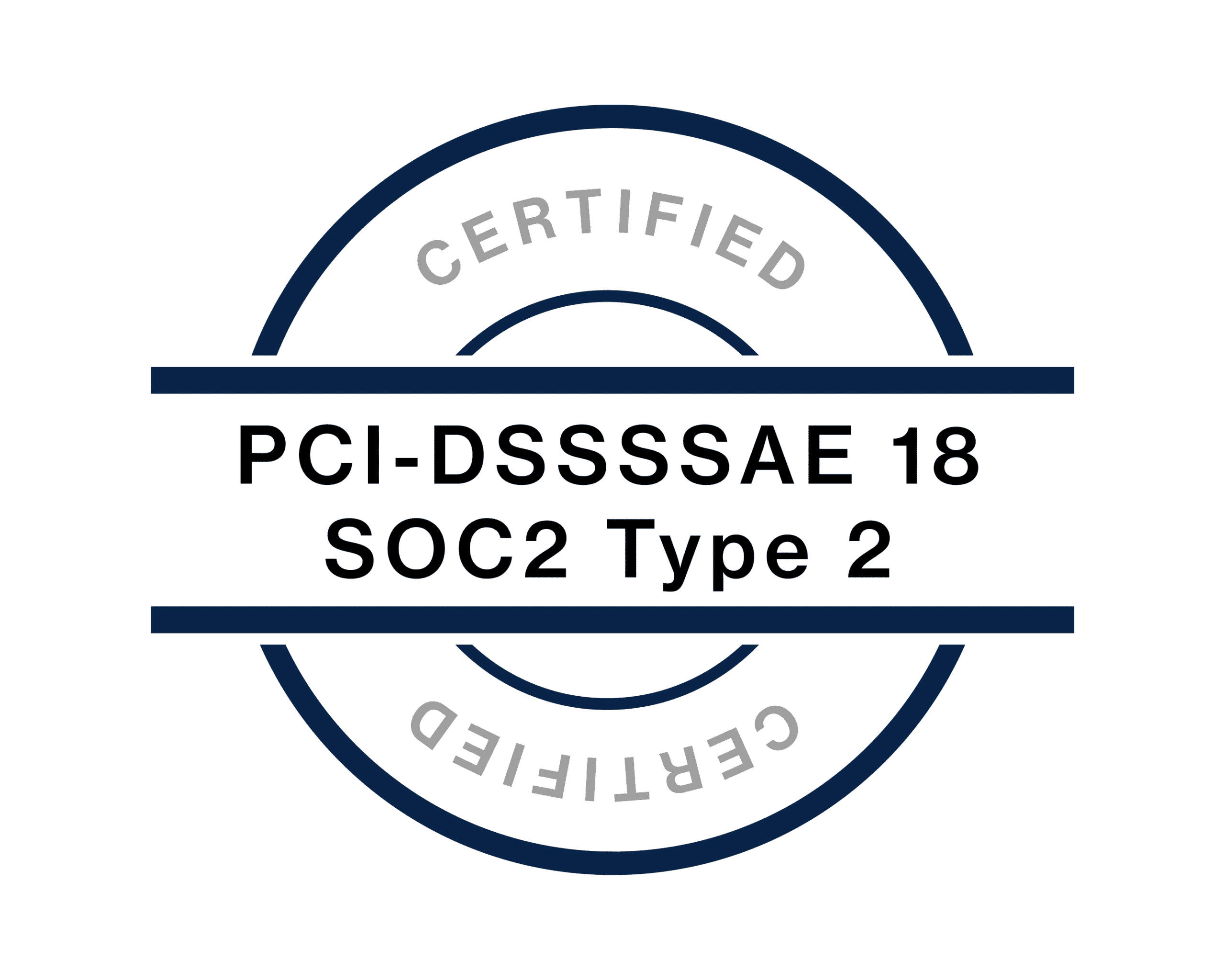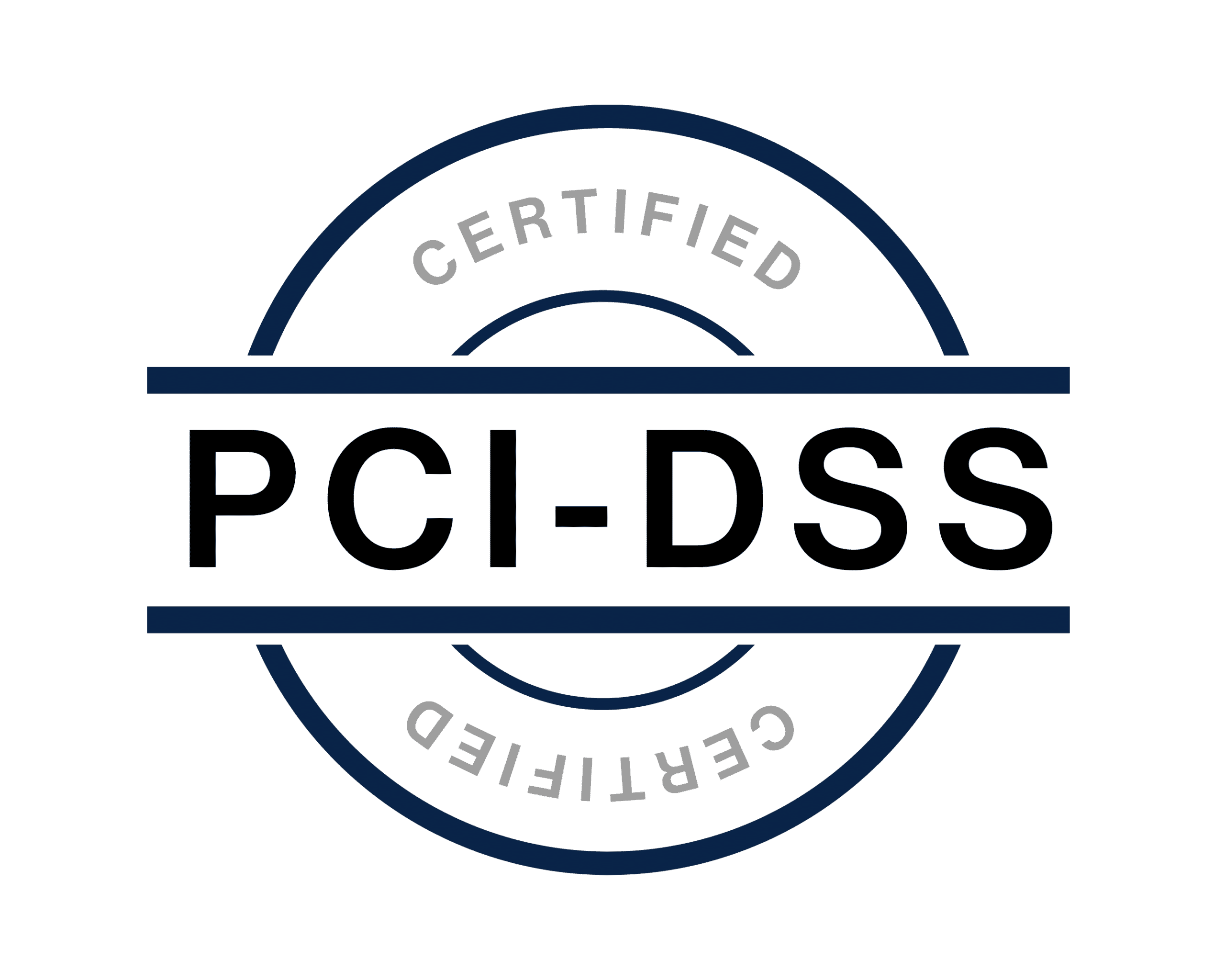Accessible Print Remediation & Production
Alternate format accessible print communications services including reflowed large print and braille.


Experience Across Industries.
Any Industry. Any Challenge.
Regardless of your industry, we have the perfect accessible print service for you.
-
Education
-
Finance
-
Healthcare
-
Insurance
-
Legal
-
Telecom


Secure and Compliant.
Where Certifications Matter.
-

HIPAA Certified
-

SSAE 18 SOC2 Type 2 Certified
-

Payment Card Industry Data Security Standard (PCI-DSS)
